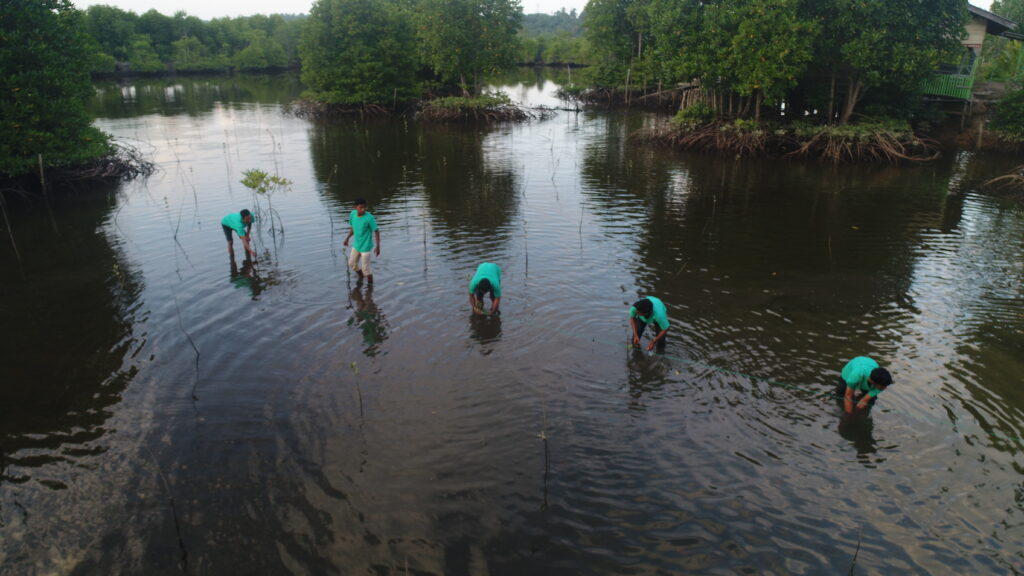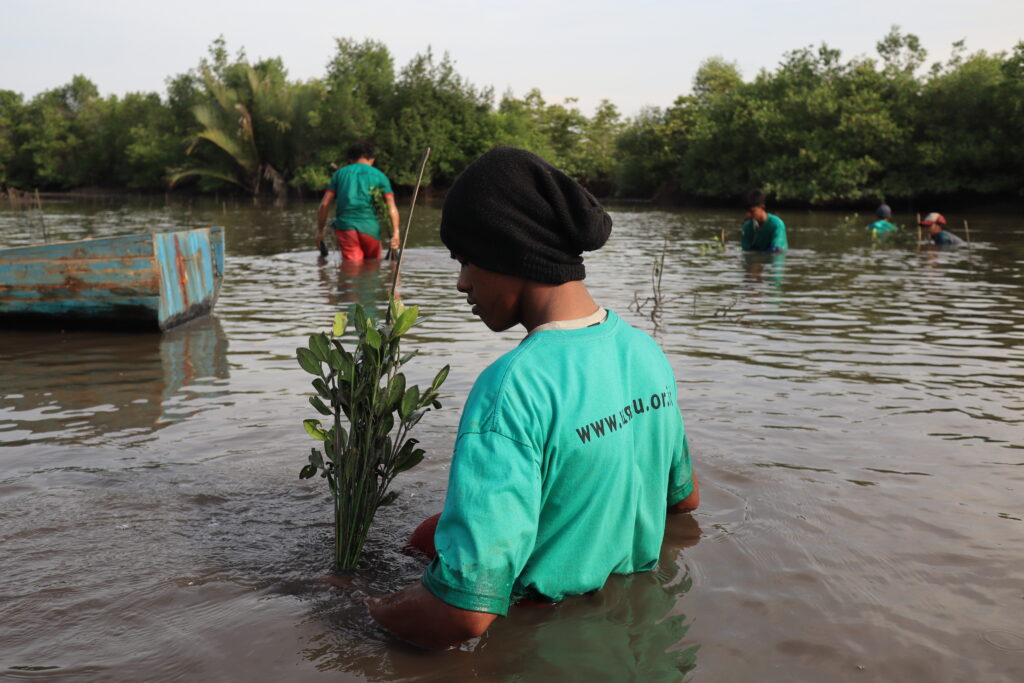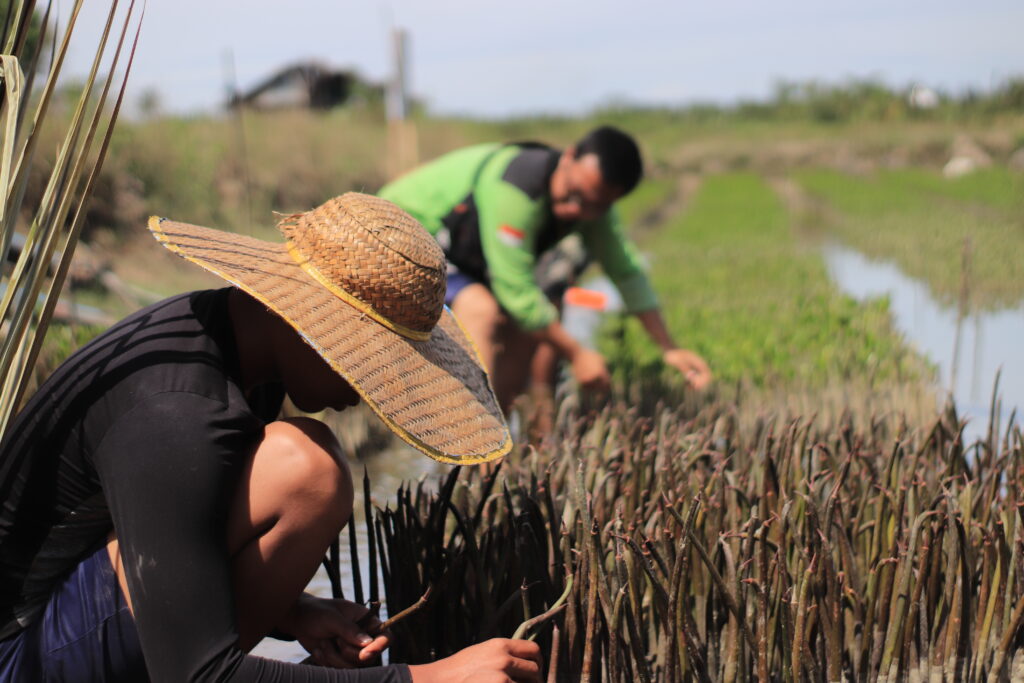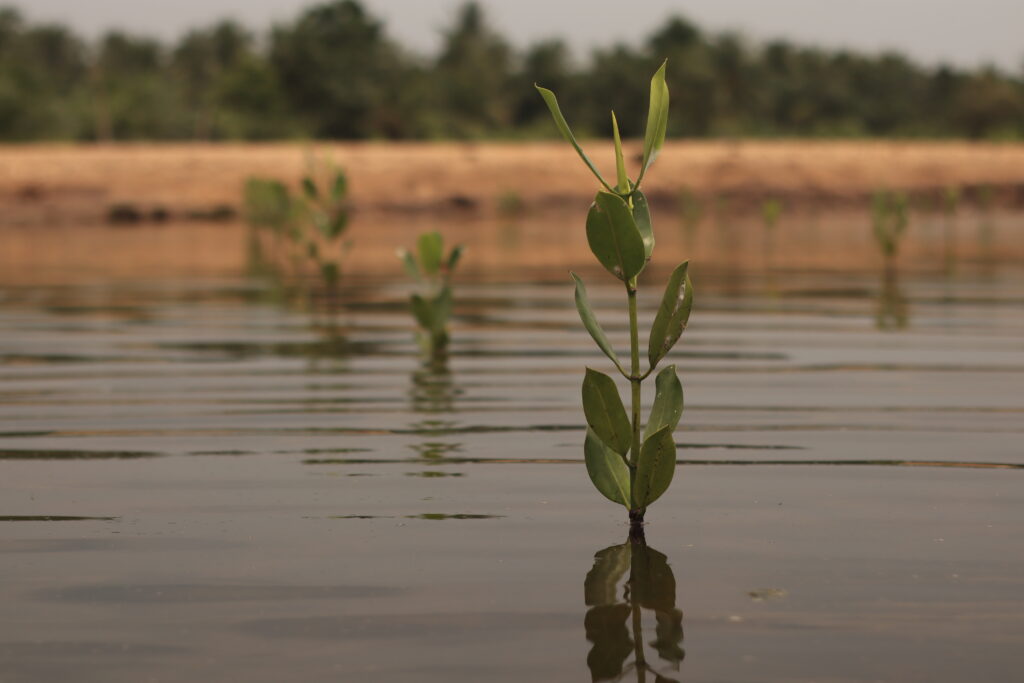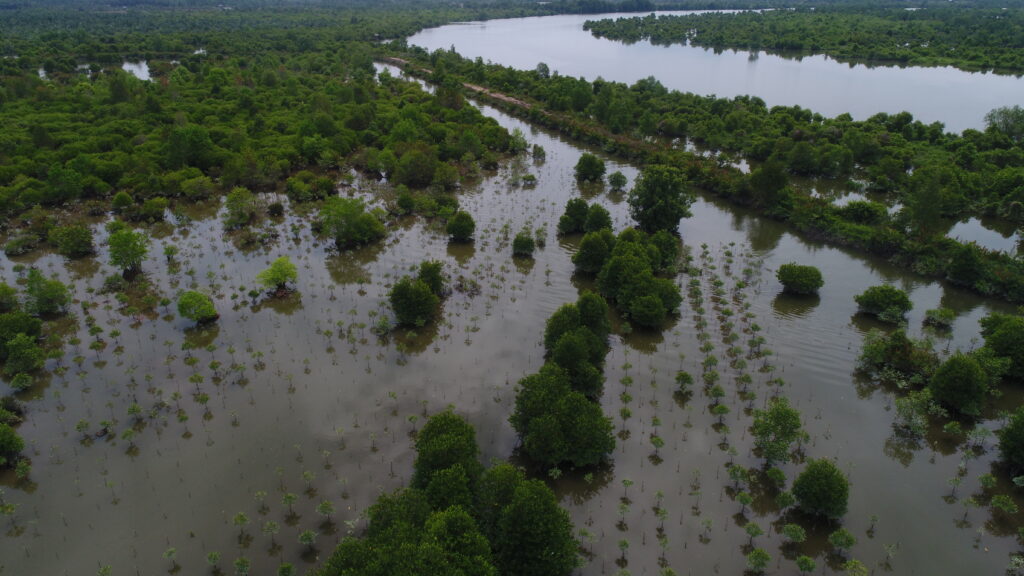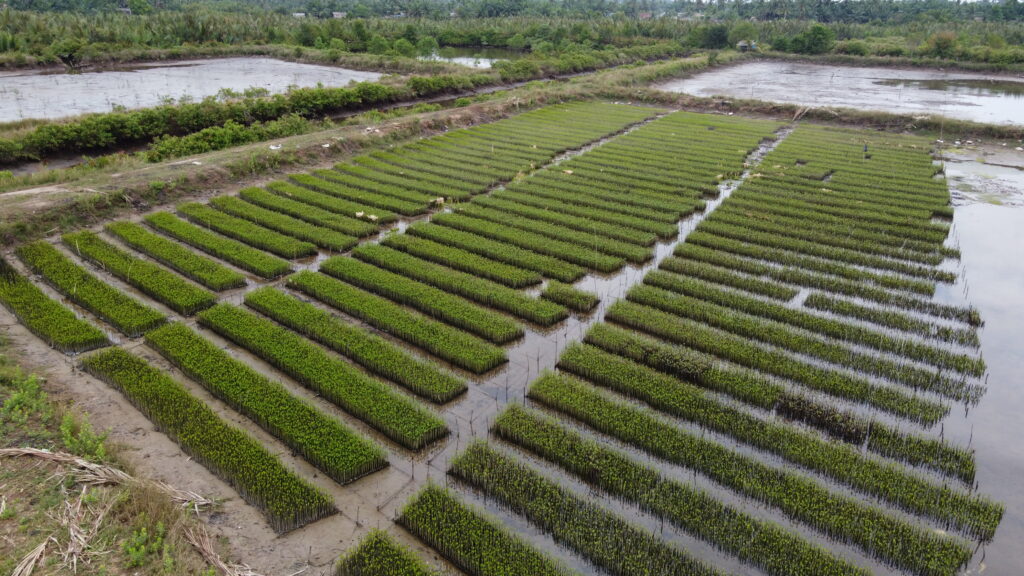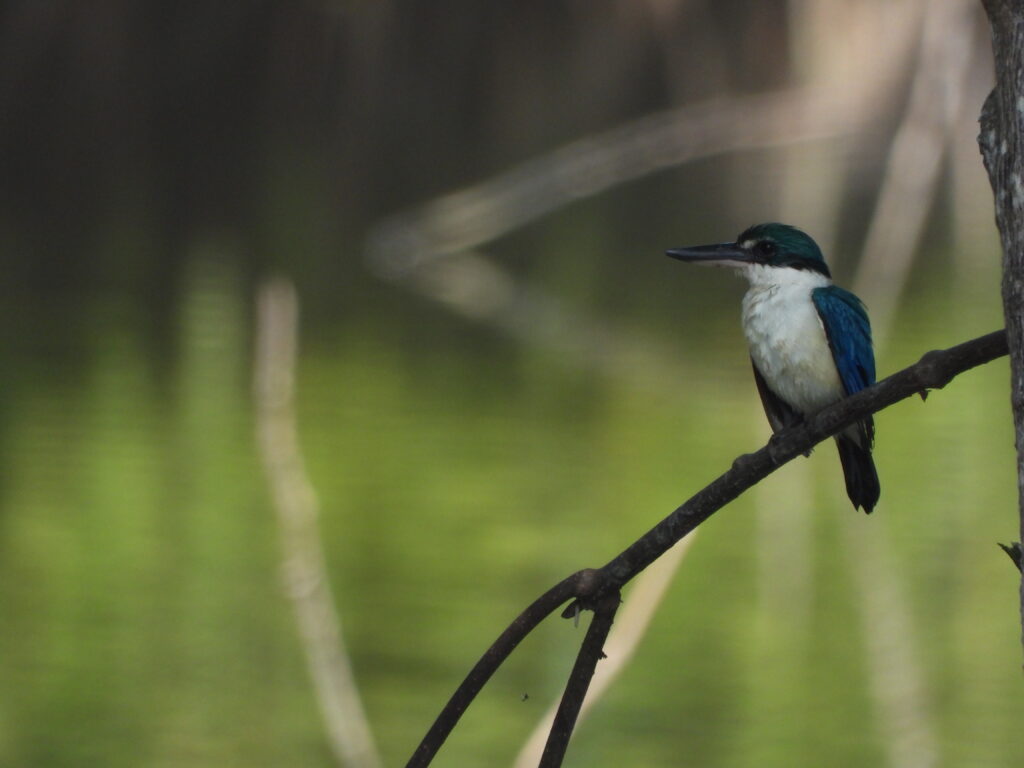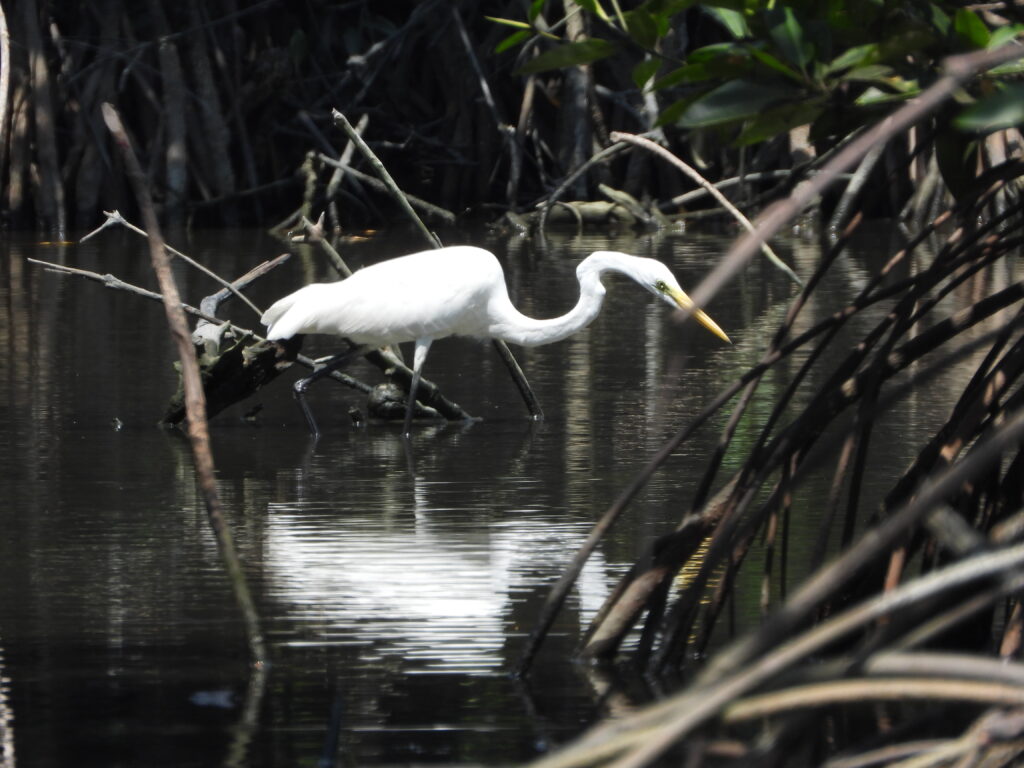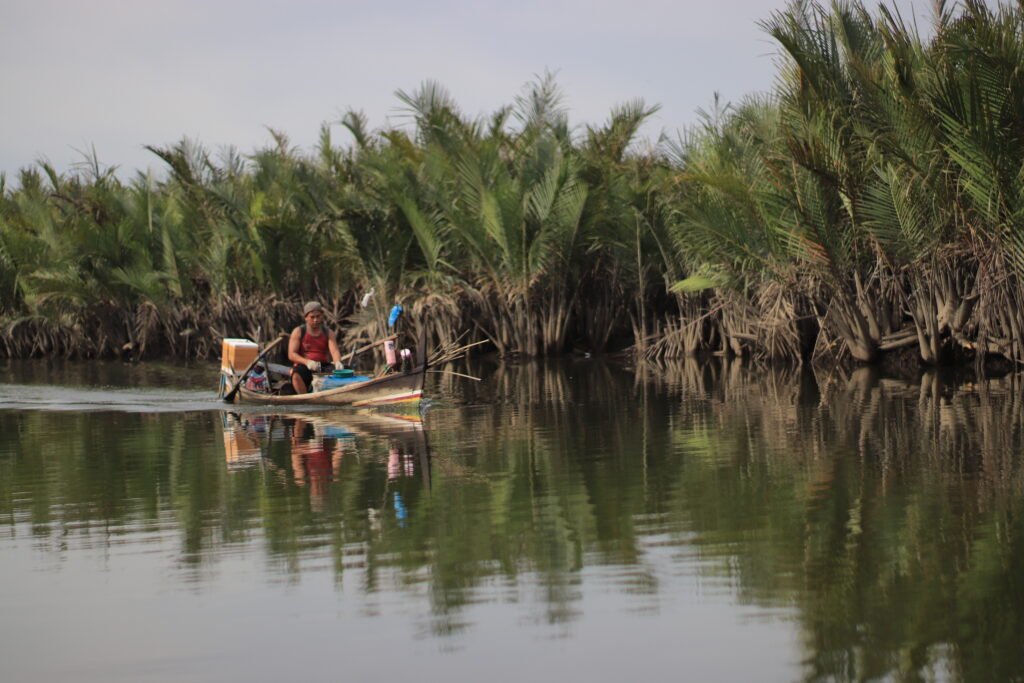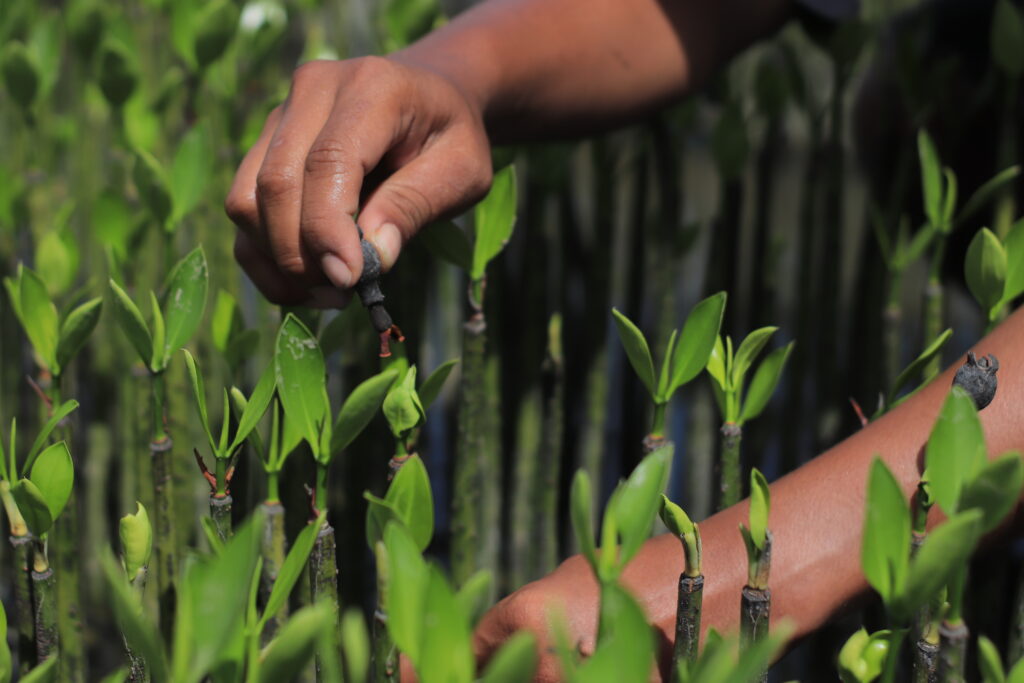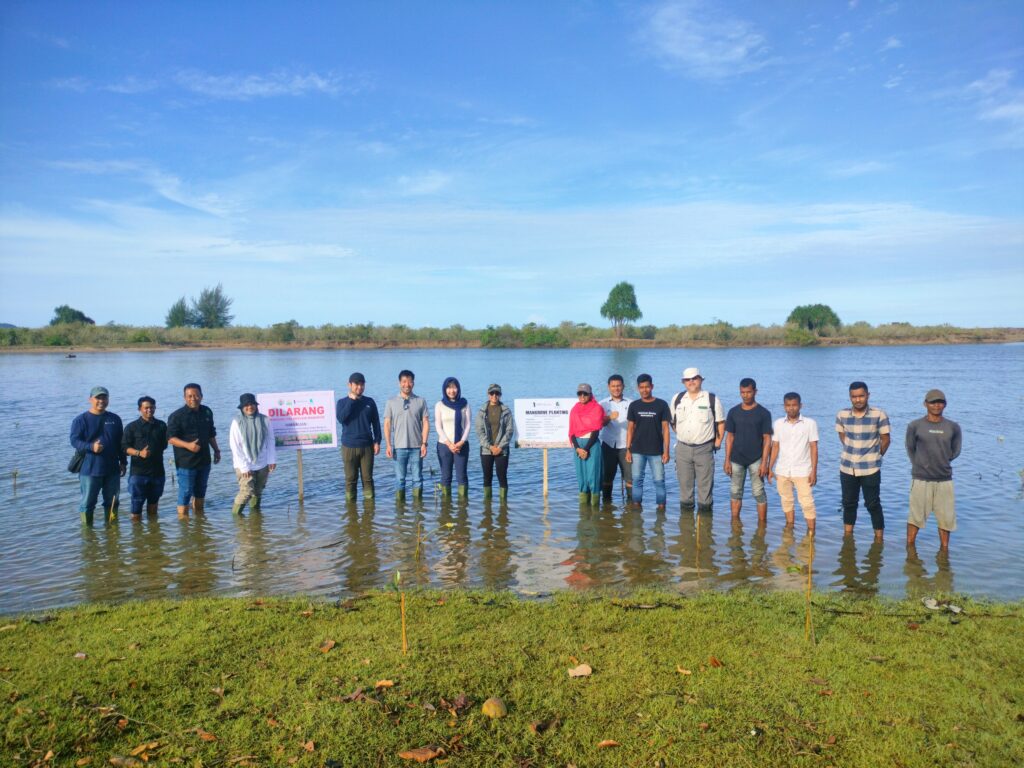Ibu Bakau, Bakau Kita
Participatory Mangrove Restoration in Indonesia
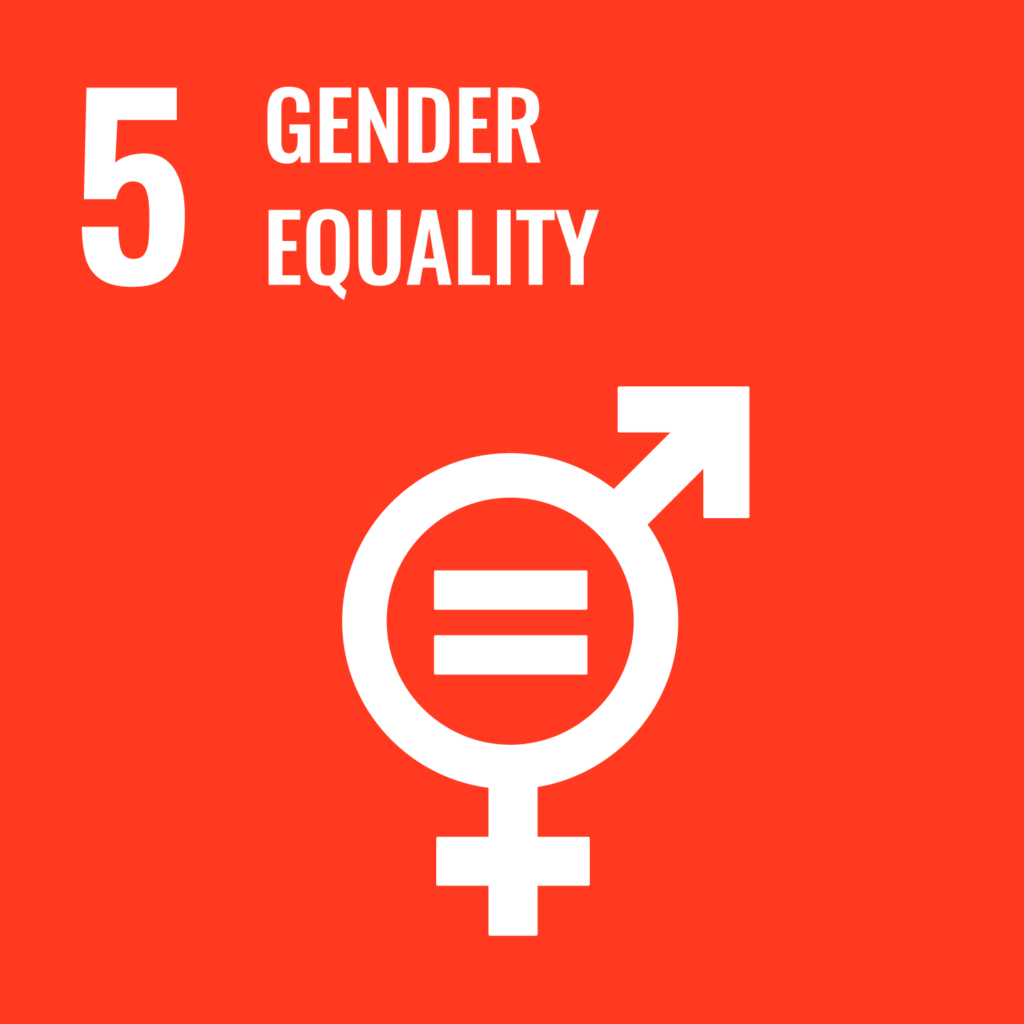
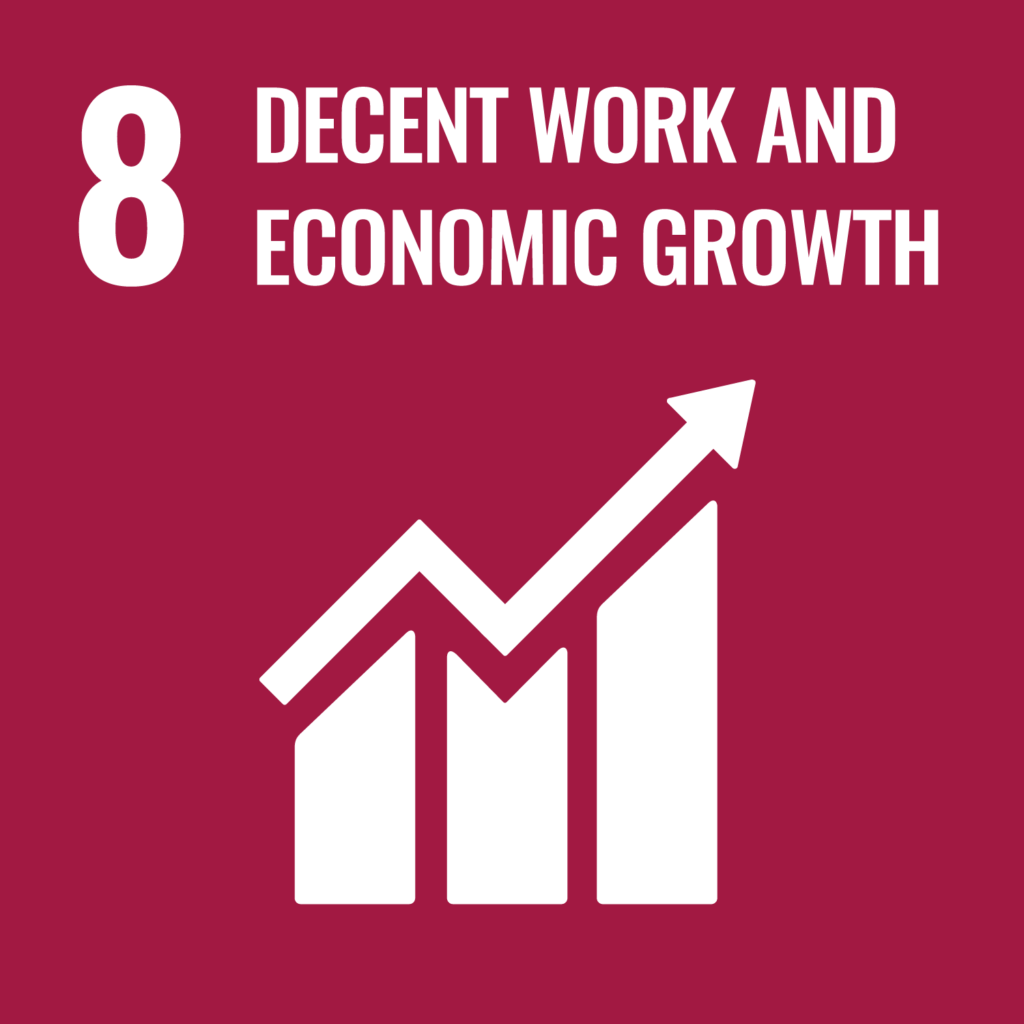
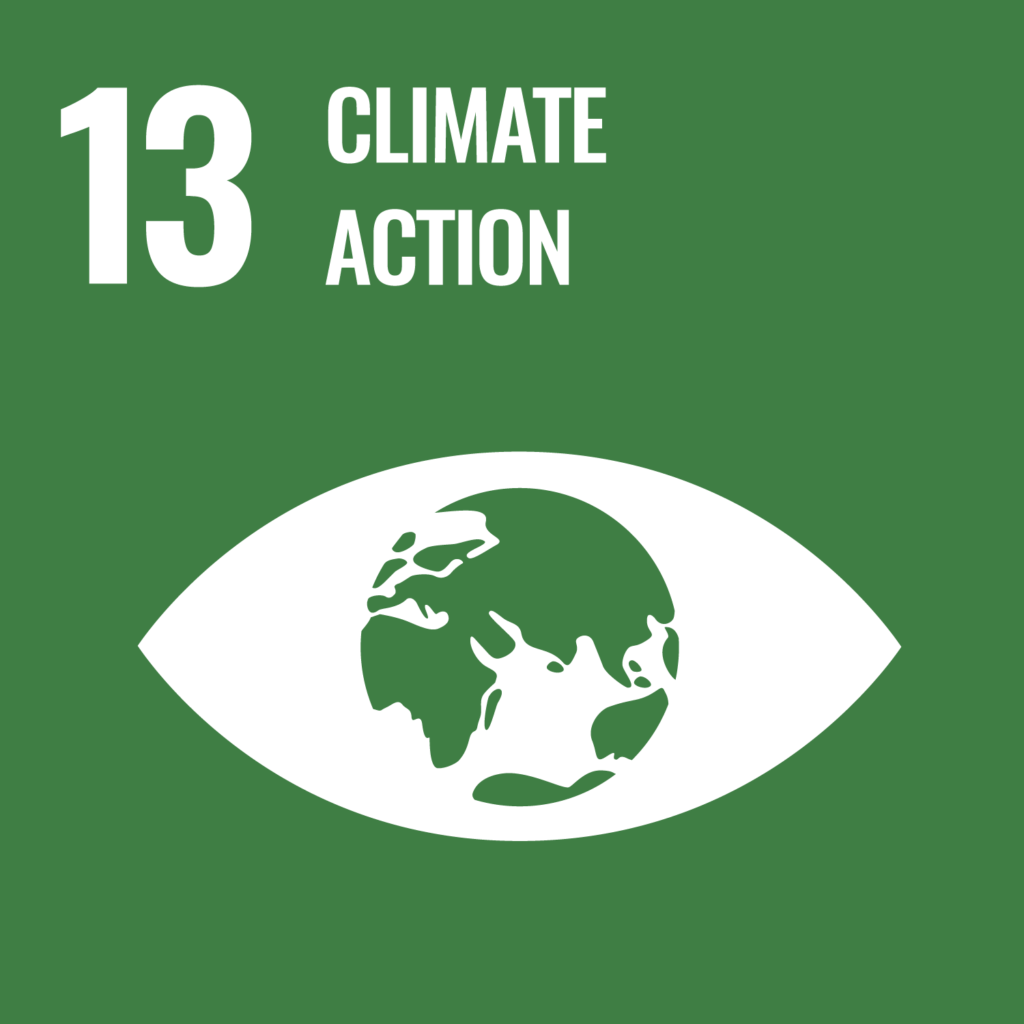
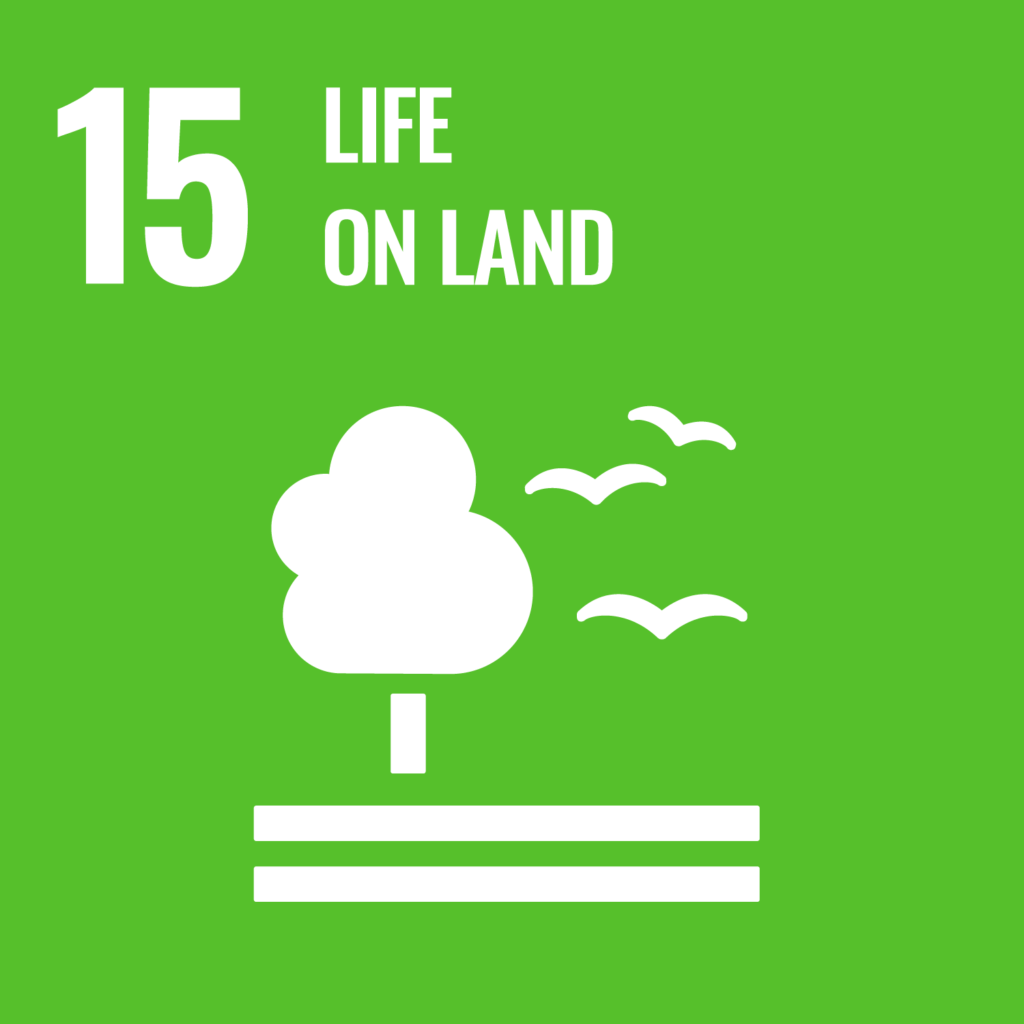
The devastating 2004 tsunami that swept through Indonesia, particularly affecting areas like Aceh, demonstrates why mangrove restoration is critical for this region. The lingering impact of this catastrophe remains visible in some coastal areas even 20 years later. Our mangrove project works directly with local communities, who are now actively participating in rebuilding their natural coastal defenses. Through this initiative, these communities are not only enhancing their climate security but also strengthening their economic resilience, protecting both their livelihoods and coastal ecosystems from future climate adversities. This project serves as a powerful testament to the potential of Nature-based Solutions for coastal protection, driving both environmental and economic sustainability.
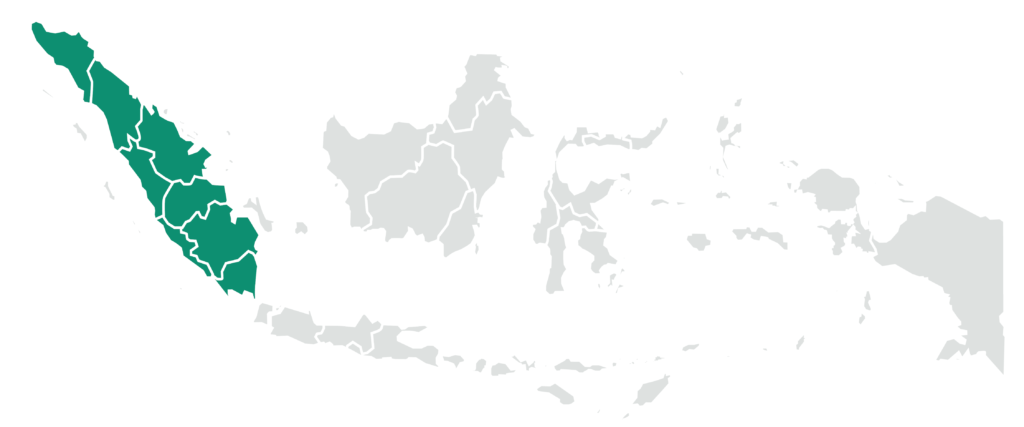
Ibu Bakau, Bakau Kita
Project Location: Aceh, North Sumatra, Riau, Lampung, Riau Island, West Sumatra, Bengkulu, Jambi
Methodology: Afforestation & Reforestation of Degraded Mangrove Habitats
Standard: Gold Standard
Total Project Area: 13,370 Hectares
Community Patrolling Units: 52 patrols in 9 provinces
Public Engagement: 1,349 village meetings
Nursery Works: 7,564,438 seedlings
Planting: 1,672.05 HA
Species
Rhizophora stylosa
Rhizophora apiculata
Rhizophora mucronata
Avicennia officinalis
Avicennia alba
Sonneratia caseolaris
Sonneratia alba
Decarbonizing Value Chains through Mangrove Restoration
By integrating carbon offset mechanisms, the mangrove restoration project not only enhances climate resilience but also unlocks diverse economic opportunities for coastal communities. Through targeted training programs, community members gain expertise in sustainable ventures such as silvo-fishery (organic aquaculture) and mangrove-based food product development. This market-driven approach ensures that communities directly benefit from blue carbon initiatives while actively contributing to mangrove restoration. By decarbonizing the value chain at the source—through these local, sustainable practices—communities take on the role of stewards of their natural resources, creating sustainable livelihoods and driving socio-economic development. This model not only addresses climate change but also allows local economies to thrive in harmony with nature.

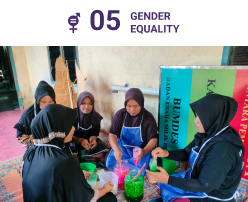
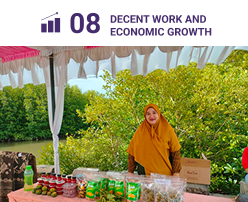
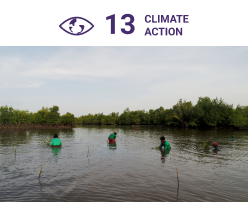
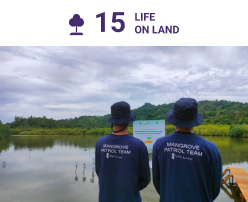
By involving women’s collectives in mangrove-based enterprises, the project creates equal opportunities for women to participate in local economic activities. This initiative strengthens women’s roles in community development and leadership, fostering financial independence and security within the context of sustainable livelihoods and environmental stewardship.
The project activates local entrepreneurship through mangrove-based ventures, fostering economic resilience and generating income streams. Over 7 women’s collectives have established enterprises focused on mangrove-based products, benefiting 104 members. Skilled artisans are also creating handcrafted Batik using natural dyes from mangroves, preserving traditional craftsmanship while enhancing economic opportunities for local women. These market-driven activities not only provide financial stability but also promote gender equality and local economic growth.
Local community members serve as frontline environmental stewards, operating our Mangrove Education Center to nurture conservation awareness among young adults. This grassroots approach has engaged 1000+ community members, ensuring knowledge transfer between generations while building local expertise in ecosystem protection.
Village-level governance structures implement robust preservation policies, with community members operating dedicated patrolling units to safeguard against illegal logging and encroachment. Local leaders help establish clear development and conservation zones, ensuring balanced growth while protecting vital mangrove ecosystems. This community-owned approach to monitoring creates sustainable, long-term protection mechanisms.
Advancing Gender Equality

By involving women’s collectives in mangrove-based enterprises, the project creates equal opportunities for women to participate in local economic activities. This initiative strengthens women’s roles in community development and leadership, fostering financial independence and security within the context of sustainable livelihoods and environmental stewardship.
Mobilizing Alternative Livelihoods

The project activates local entrepreneurship through mangrove-based ventures, fostering economic resilience and generating income streams. Over 7 women’s collectives have established enterprises focused on mangrove-based products, benefiting 104 members. Skilled artisans are also creating handcrafted Batik using natural dyes from mangroves, preserving traditional craftsmanship while enhancing economic opportunities for local women. These market-driven activities not only provide financial stability but also promote gender equality and local economic growth.
Community-Led Conservation

Local community members serve as frontline environmental stewards, operating our Mangrove Education Center to nurture conservation awareness among young adults. This grassroots approach has engaged 1000+ community members, ensuring knowledge transfer between generations while building local expertise in ecosystem protection.
Local Protection Systems

Village-level governance structures implement robust preservation policies, with community members operating dedicated patrolling units to safeguard against illegal logging and encroachment. Local leaders help establish clear development and conservation zones, ensuring balanced growth while protecting vital mangrove ecosystems. This community-owned approach to monitoring creates sustainable, long-term protection mechanisms.
